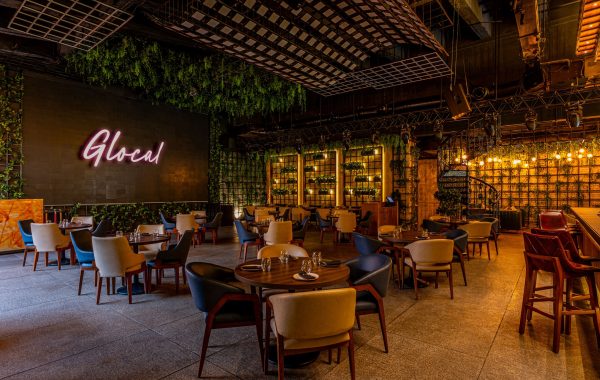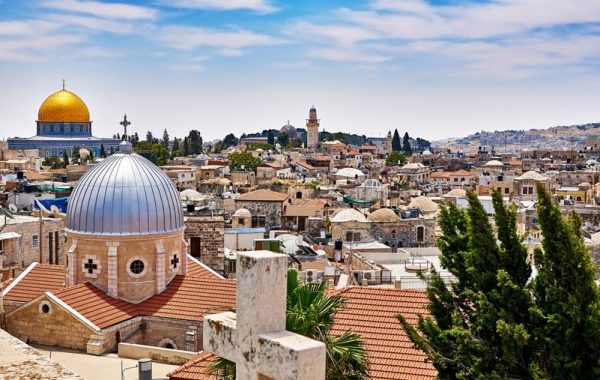Paris is brimming with anticipation as the cherished Cathédrale Notre-Dame de Paris reopens following a catastrophic fire. The blaze, which erupted in April 2019, severely damaged the cathedral’s roof and upper walls, including the destruction of its iconic spire. Since then, extensive restoration efforts have been underway on the historic 860-year-old structure.
Although additional work is necessary to ensure the medieval cathedral’s longevity in the Paris skyline, it will soon welcome the public once more. The reopening has generated immense interest, drawing visitors from all over to the streets of Paris, eager to witness the grand reentrance of this architectural masterpiece.
This reopening is profoundly significant, not only for Catholics but for everyone who appreciates the cathedral’s place as a vibrant symbol of French history and culture. Notre-Dame de Paris, a masterpiece of medieval Gothic architecture, was France’s most visited landmark for many years, attracting around 13 million tourists each year, surpassing even the Eiffel Tower. After its reopening, the number of visitors is expected to soar to 15 million.
How was the cathedral rebuilt?

The restoration of the medieval building was made possible by the generous contributions of hundreds of donors, including some of France’s wealthiest individuals, who together donated over 840 million euros ($889m). This restoration campaign, initiated by President Macron, also saw contributions from around 150 countries, including the United States and Saudi Arabia.
The massive restoration project involved the expertise of approximately 2,000 people, including craftspeople, architects, and other professionals. Workers employed powerful vacuum cleaners and cleaning gels to meticulously remove thick soot, dust, and years of grime from the cathedral’s lower stone walls. Carpenters hand-hewed large oak beams to reconstruct the intricate roof frame and the spire, using wood from about 2,000 oak trees.
Although the work is not entirely complete and scaffolding will remain on parts of the exterior for several more years, these efforts ensure the decorative features on the facade can be fully restored.
A new online ticketing system and visitor circuit

While entrance to Notre Dame has traditionally been free, visitors will now have the option to book a dedicated time slot online a few days before their visit. This booking can be made through a platform on the cathedral’s official website, set to launch in early December. Visitors can still enter without a ticket, but should expect to wait in line for about two to three hours.
During the first six months, access to the cathedral will be restricted to individuals rather than groups. Additionally, the cathedral will introduce a mobile app providing educational information in three languages, with plans to expand to six languages in the future.
A blend of historic artistry and contemporary creation
Notre Dame has long been a testament to the evolution of decorative arts, featuring an extensive collection of paintings, tapestries, and objets d’art, all meticulously restored. In addition to these historic treasures, visitors will also encounter new works by contemporary artists. The liturgical furniture, including the baptismal font, altar, and cathedra (bishop’s chair), was designed by Guillaume Bardet.
Looking ahead, construction on the cathedral’s exterior will continue. The city is investing around 50 million euros ($54 million) to develop approximately 20,000 square feet of green space in a pedestrian-friendly outdoor area. The cathedral forecourt will be revitalized as a gathering space for both Parisians and visitors, serving as a central spot to relax on the Seine island, which is the historic heart of Paris.
For latest travel news and updates, food and drink journeys, restaurant features, and more, like us on Facebook or follow us on Instagram. Read more on Travel and Food Network
Related Coverage


















